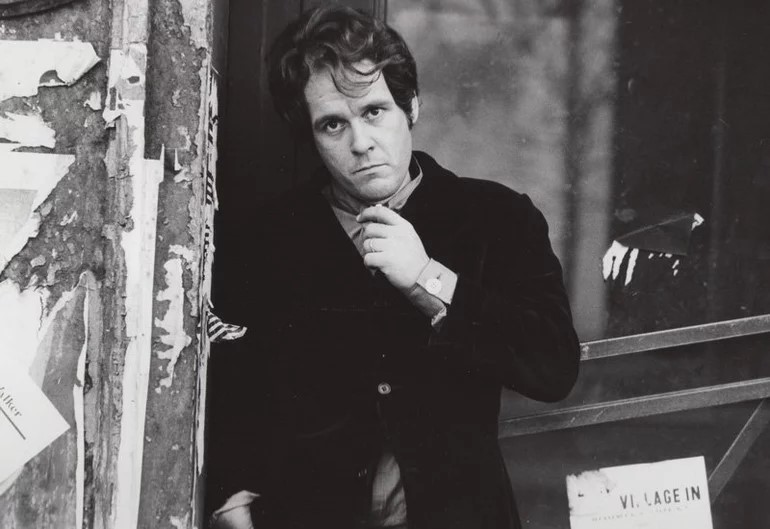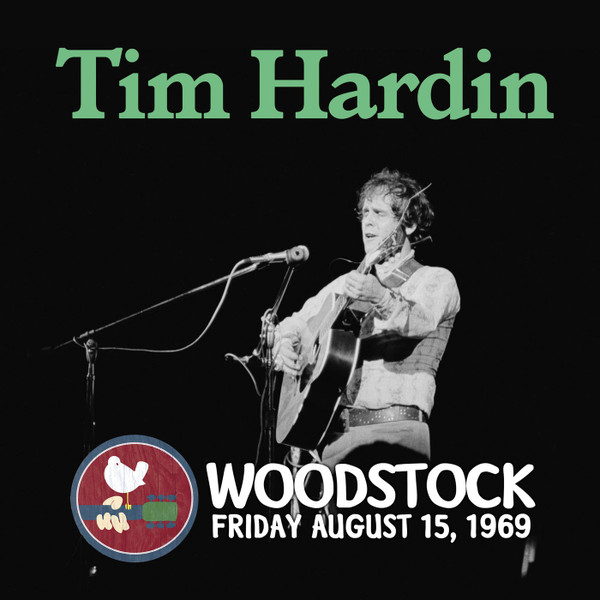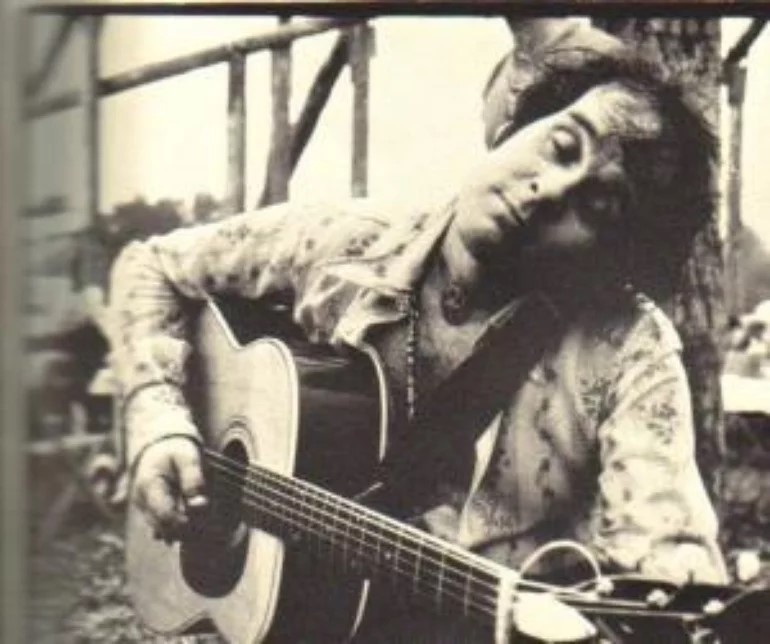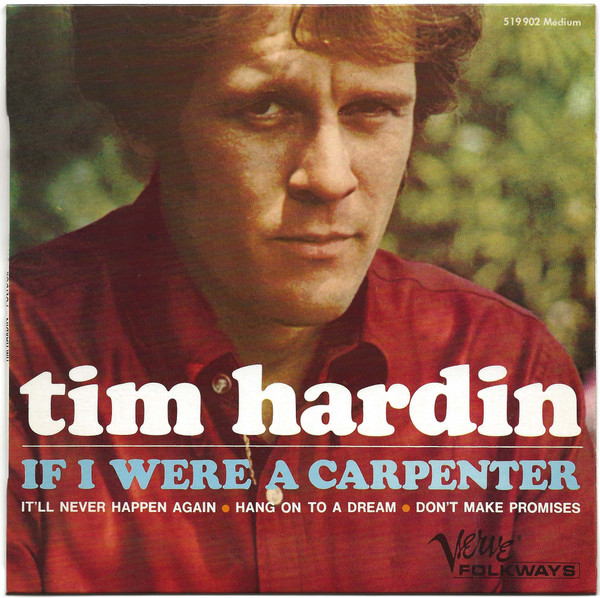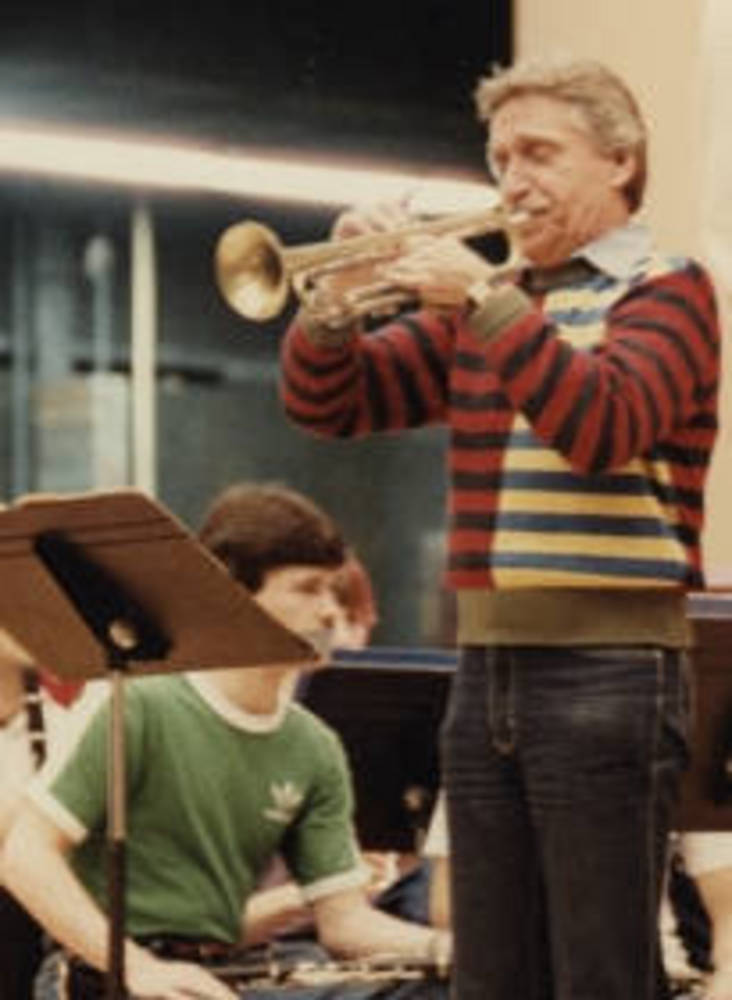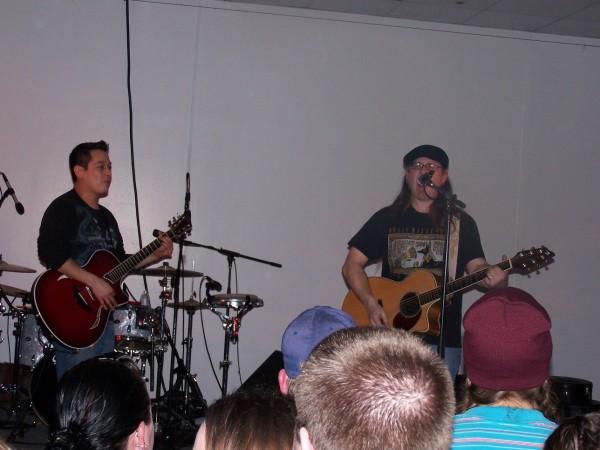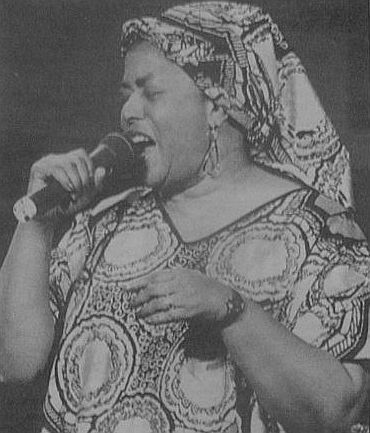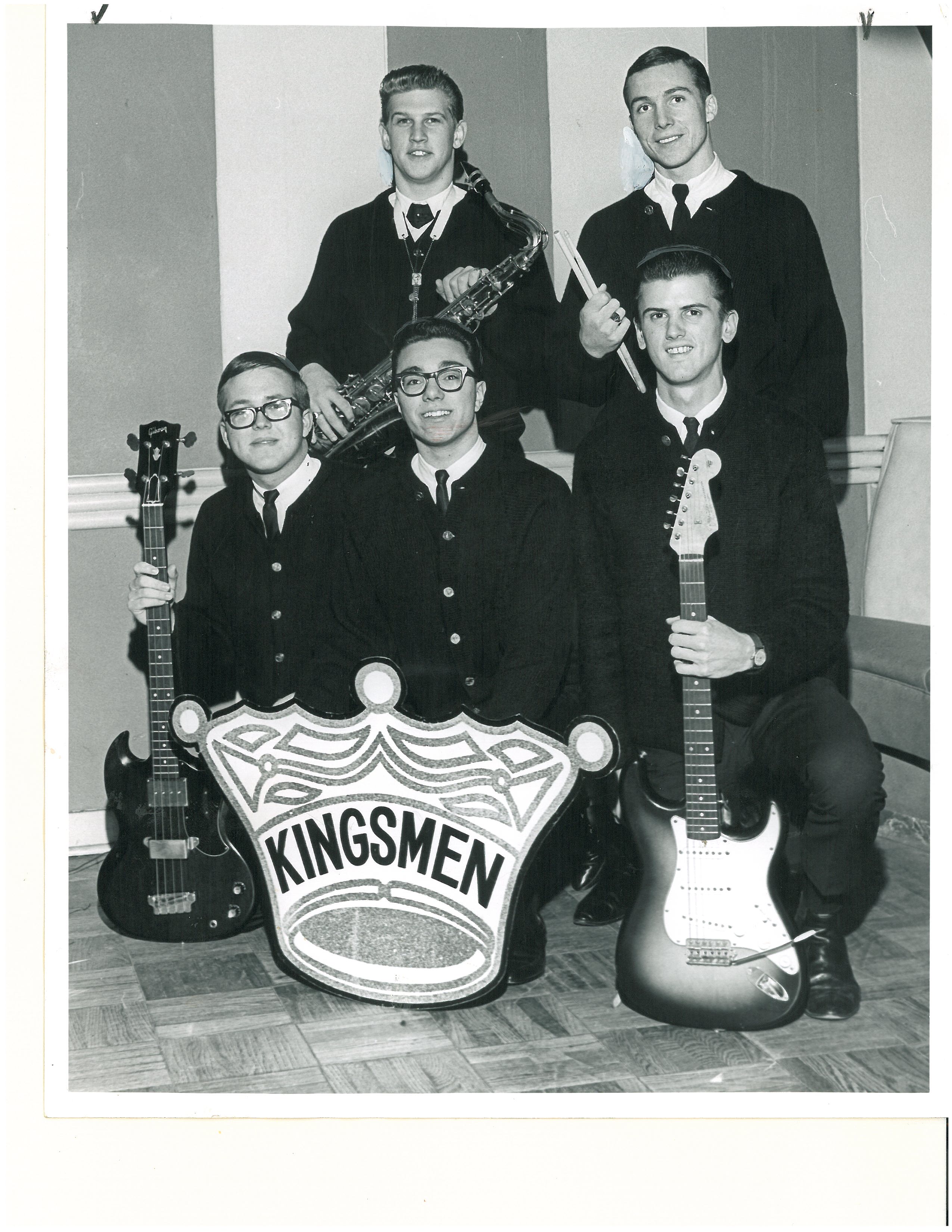Tim Hardin, who was born in Eugene, was a folk, blues, and jazz singer and songwriter during the 1960s and 1970s. His two most successful compositions, written near the beginning of his career, were “Reason to Believe,” released in 1966, and “If I Were a Carpenter,” released in 1967. He performed at the Woodstock Music and Art Fair on August 15, 1969.
James Timothy Hardin was born on December 23, 1941. His mother, Molly “Gaga” Small Hardin, played classical violin with the Portland Symphonic Orchestra, and his father, Hal Hardin, was a jazz bassist. As a child, Hardin took piano lessons, and he sang in the high school choir. He dropped out of South Eugene High School in 1959 to join the U.S. Marines and stayed in the service for six months before he was discharged. While in the service in Asia, he became addicted to heroin, a disease he struggled with for the rest of his life.
In 1961, Hardin moved to Greenwich Village in New York City, where he learned guitar on his own and composed his own songs. Performing in bars and coffeehouses, he played music that ranged from folk, blues, and jazz to rock and roll. He was admired for his beautiful voice—"a soft voice, a sweet voice,” a Los Angeles Times reviewer wrote in June 1968, “a voice which quavers between the tugs of the blues and the tender side of joy. He can sing nasty, but his forte is gentle songs whose case allows him to slip and slide through a rainbow of emotions.”
Hardin moved to Boston in 1963. Two years later, he moved to Los Angeles, where in 1966 he landed a recording contract with the Verve Forecast label. Several of his songs, almost all of which came from his first two albums, were recorded numerous times. From Tim Hardin 1 (1966) came “Don’t Make Promises,” recorded by Three Dog Night, Marianne Faithful, Cliff Richard, and the Beau Brummels; “Misty Roses,” a minor hit for Johnny Mathis; and “How Can We Hang on to a Dream,” Hardin’s only hit in England, where it was number 50 on the charts in 1967.
Hardin married television actress Susan Yardley Morss in 1965; they had one son, born in February 1967. The album Tim Hardin 2 (1967) includes “The Lady Came from Baltimore,” a song he wrote for Morss. Bobbie Darin recorded the song, which was number 62 on the rock charts; Johnny Cash put it on the country charts at number 14. Hardin’s 1969 album Suite for Susan Moore and Damion: We Are One, One, All in One is a collection of musical impressions based on his wife and son.
Hardin’s compositions were best known in renditions performed by other artists. Singer Bobby Darin’s recording of “If I Were a Carpenter” in 1966 reached number 8 on the Billboard Hot 100 rock charts in the United States and number 9 in England. In 1968, the Four Tops took the song to number 20 on the Billboard charts, and Johnny Cash and June Carter’s version was number 2 on the country charts in 1970. British singer Rod Stewart recorded “Reason to Believe” as his first single in 1971, and his re-recording of the song in 1993 reached number 19 on the Billboard charts. Hardin’s only appearance on the U.S. charts as a singer was in 1969, when his recording of “Simple Song of Freedom,” an antiwar anthem written by Bobby Darin, made it to number 50.
At Woodstock in 1969, Hardin was joined onstage by a band that included fellow Northwesterner Ralph Towner, a guitarist who helped form the group Oregon in 1970. The short set included "If I Were a Carpenter" and "Reason To Believe," which endeared Hardin to the crowd despite his unsteady performance. He ended the night with "Misty Roses," a ballad he wrote that had become a top-40 hit for Johnny Mathis on the Adult Contemporary charts.
Hardin performed and made albums throughout the 1970s, but his addiction to drugs and alcohol hindered his ability to perform and to manage his finances. In 1980, after undergoing treatment for drug addiction, he performed at the Community Center for the Performing Arts in Eugene. “I think of myself more as a singer than a songwriter and always did,” he told a reporter in an interview with the Oregon Daily Emerald. “It happened to be that I wrote songs. I’m a jazz singer, really, writing in a different vocabulary mode but still with a jazz feel. I don’t ever sing one song the same way. I’m an improvisational singer and player.”
By 1980, Hardin’s career was flagging, and he devoted himself to creating an album that would resurrect his standing in the music industry. He died in Los Angeles of a drug overdose on December 29, 1980, before the album could be completed. Hardin is buried in Twin Oaks Cemetery in Turner, Oregon, next to his maternal grandparents.
-
![]()
Tim Hardin, 1969.
Courtesy last.fm -
![]()
Tim Hardin, Woodstock, Friday August 15, 1969.
Courtesy Discogs -
![]()
Tim Hardin.
Courtesy last.fm -
![]()
Tim Hardin, "If I Were a Carpenter.".
Courtesy Discogs
Related Entries
-
![Doc Severinsen (1927- )]()
Doc Severinsen (1927- )
Carl H. "Doc" Severinsen's career began in the 1940s, and more than six…
-
![Floater]()
Floater
Floater is a three-man rock band founded in 1993 and based in Portland …
-
![Marianne Mayfield (Hill) (1936-2004)]()
Marianne Mayfield (Hill) (1936-2004)
During more than thirty years on the Portland jazz scene, singer and ba…
-
![Oregon (music group)]()
Oregon (music group)
Oregon is unusual. In 2009, the musical ensemble named Oregon is appro…
-
![The Kingsmen]()
The Kingsmen
The Kingsmen were the most successful and influential rock and roll ban…
Map This on the Oregon History WayFinder
The Oregon History Wayfinder is an interactive map that identifies significant places, people, and events in Oregon history.



